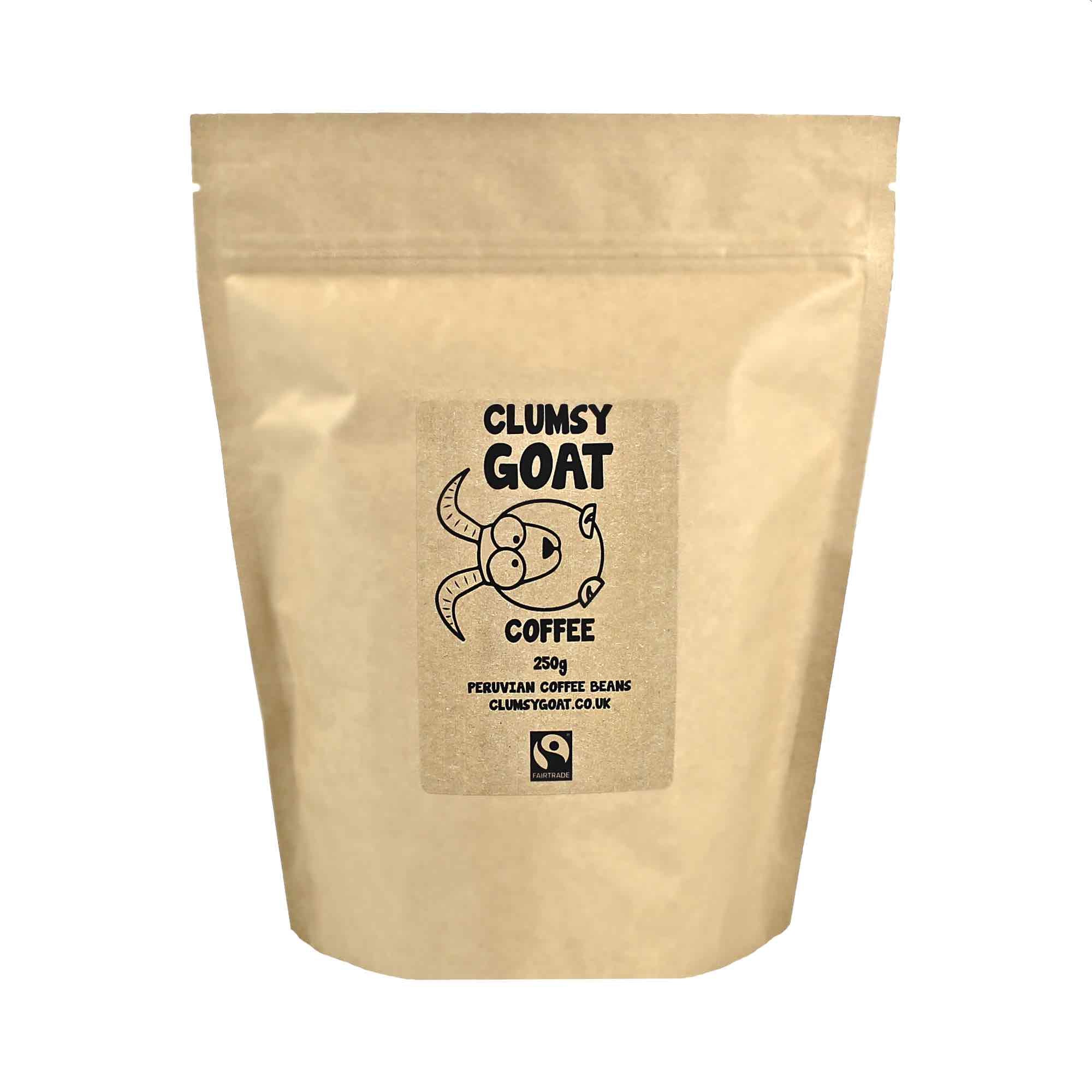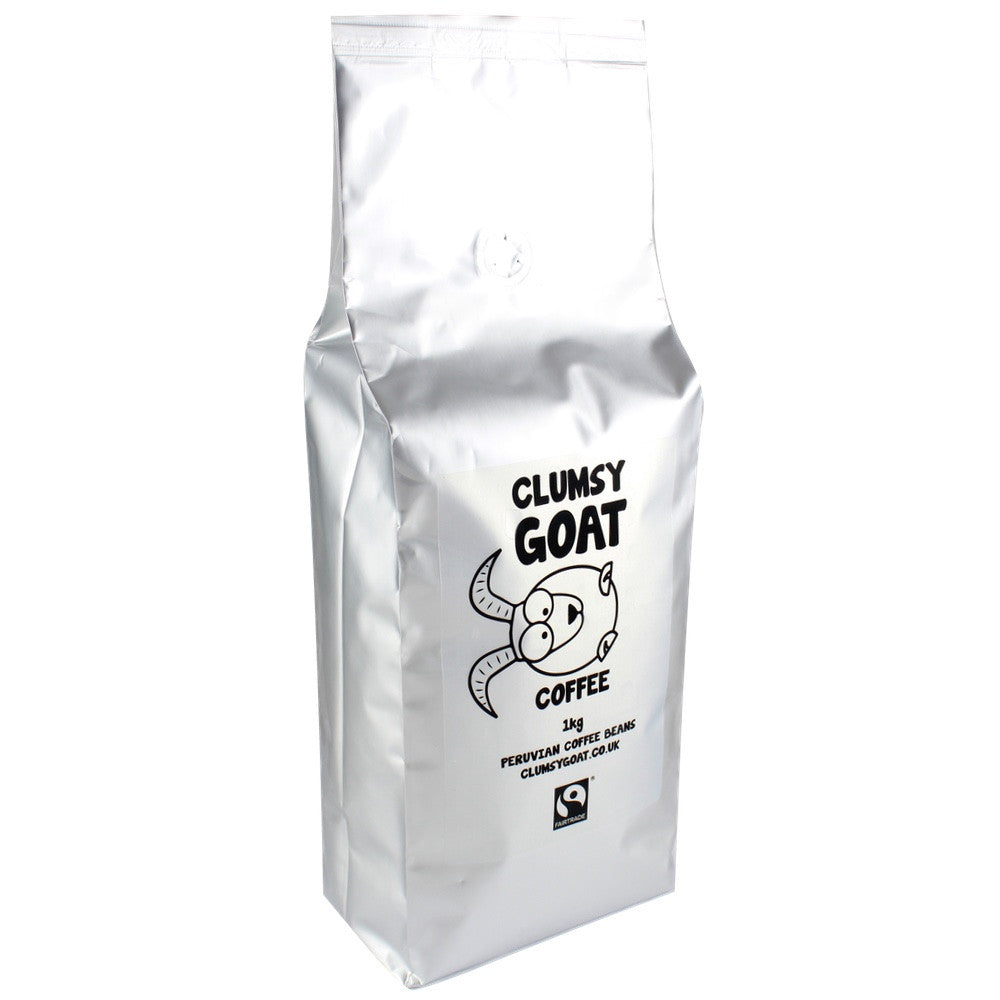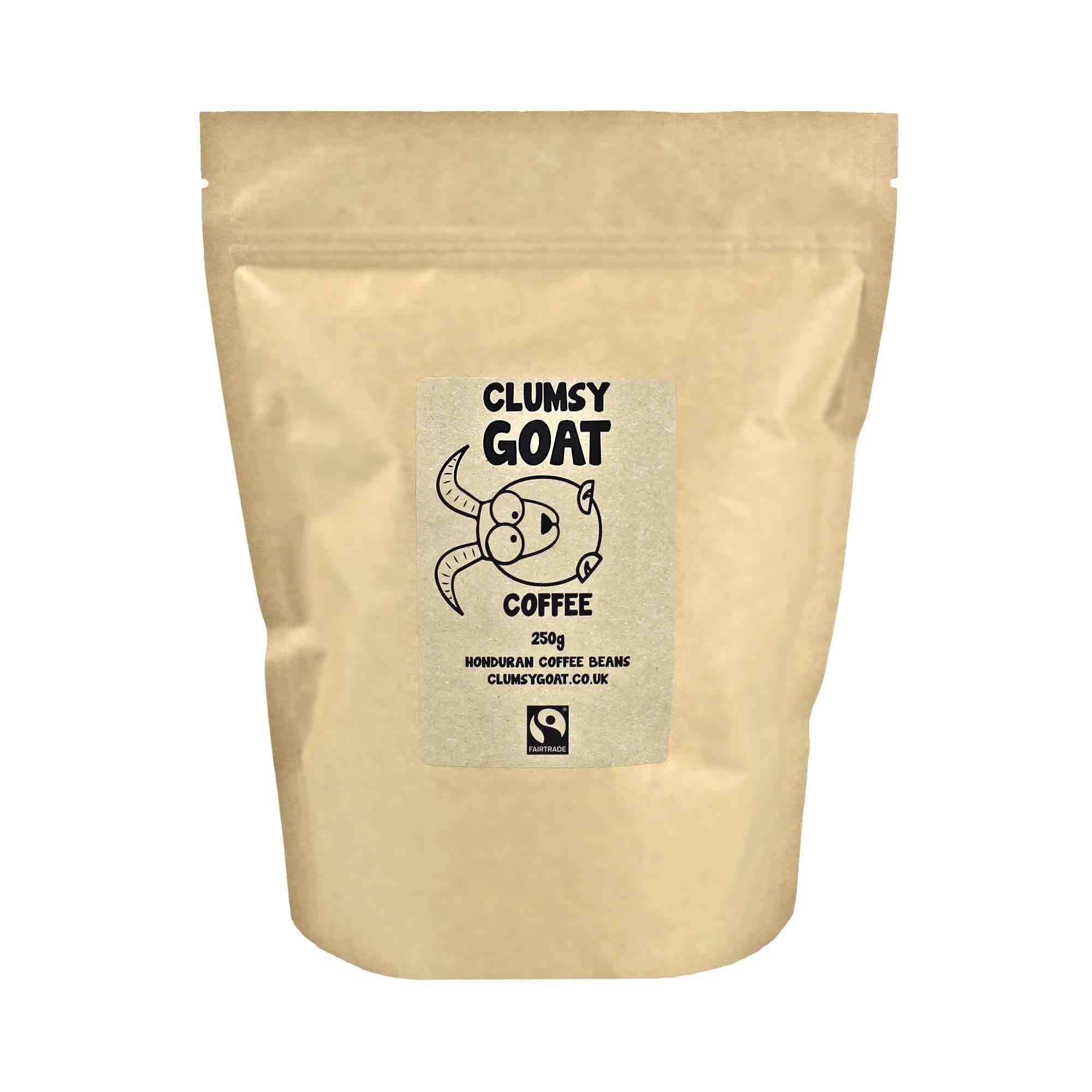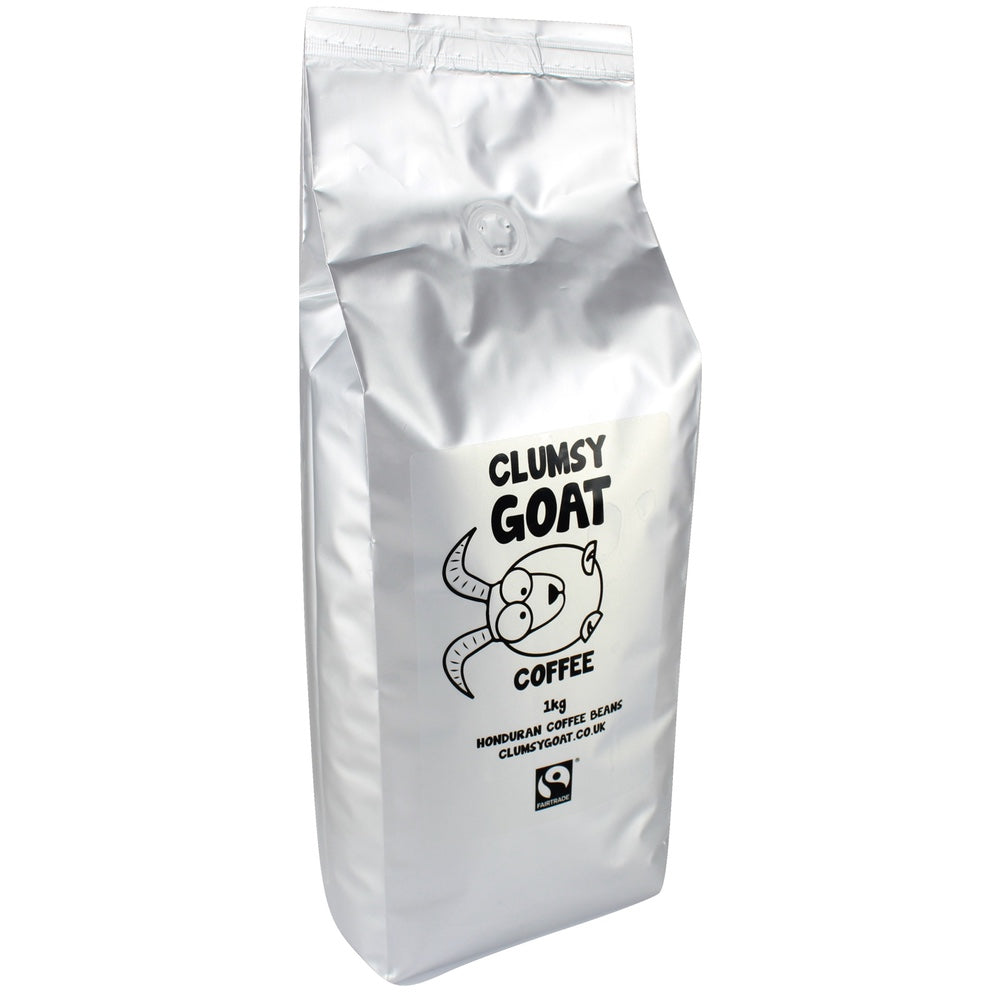Many of us are familiar with the various steps in the journey that lies ahead of each coffee bean; from the moment they’re picked to the moment they’re sat in our kitchens, tentatively waiting for us to squeeze every ounce of goodness out of them to prepare us for the day ahead.
But I think it’s fair to say that few of us truly appreciate just how important some of these steps are. In particular, it seems common for us to place heavy emphasis on the roasting process whilst forgetting the vital steps beforehand that also do a great deal to alter the flavour of the beans.
Understandably this information can sometimes appear to be rather tedious, but if you are, as we are, a bit of a coffee geek, then you’re in for a real treat!
There are many steps that coffee beans must go through before they arrive at the roasting stage, but today we’re going to consider the difference in two of the most popular methods – washed and unwashed. Regardless of which process is used, the goal is to remove the coffee bean (or seed if you’d prefer) from the various layers of skin and mucilage that surround it, whilst retaining the aroma the mucilage holds.
Unwashed Coffee
This method is easily the oldest and has been used for hundreds of years. Unwashed coffee, also known as the dry process, is the most natural way of extracting the bean. The cherry is washed (just to confuse you!) before being laid out to dry in the sun for up to several weeks. The cherry is turned often to prevent spoilage and covered at night or if it’s raining. This process is complete when the cherry’s moisture content reaches 11%.
Washed Coffee
This new method of preparing the bean is considerably more expensive and, as you may have guessed, a relatively recent development in the way some of our coffee is processed. This method differs in that the coffee cherry is pulped straight after harvesting, which means the outer layers, apart from the mucilage, are removed. What remains is fermented in water for what tends to be several days. Following this, the mucilage is then washed off the bean.
How do these methods affect the taste?
The washed method tends to produce higher quality coffee but this requires skill and water. It results in a coffee that’s generally fruitier, brighter and cleaner. The unwashed method, on the other hand, is known to produce a coffee that’s complex, smooth and has a heavy body. Often, this method is used in countries where long periods of sunshine are rare or rainfall is scarce.
Whilst some people may have a particular preference, it’s generally accepted that each method has its place. As well as the quality of labour and availability of water and sunlight, there are various other factors which determine the method of choice, such as altitude, soil levels, sunlight and humidity.
If you'd like to sample some washed and unwashed coffees, we have a beautiful range available that we roast in small batches, for maximum flavour and taste. Click here to take a look!










